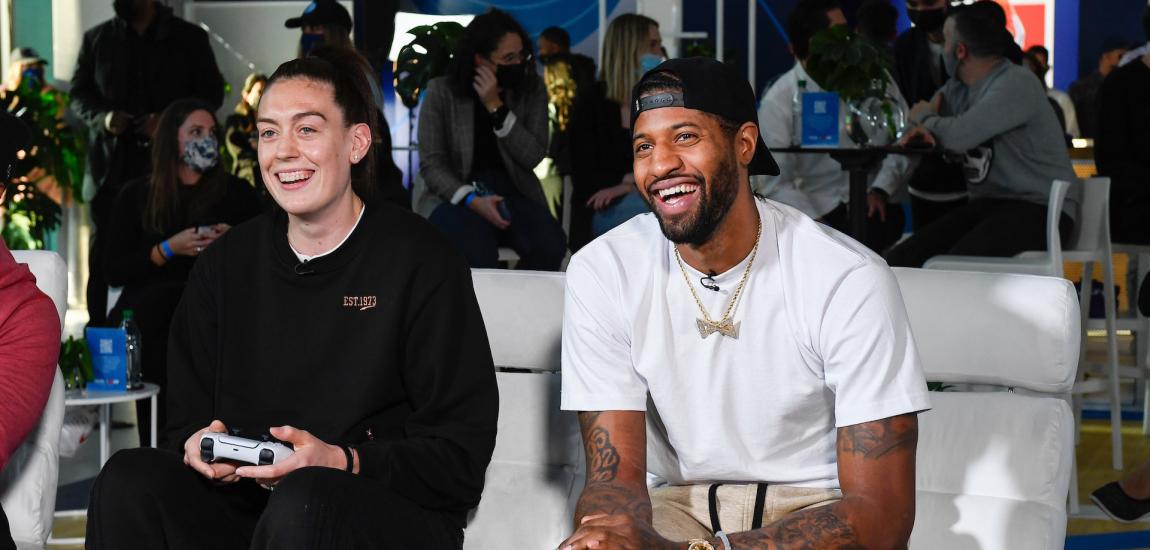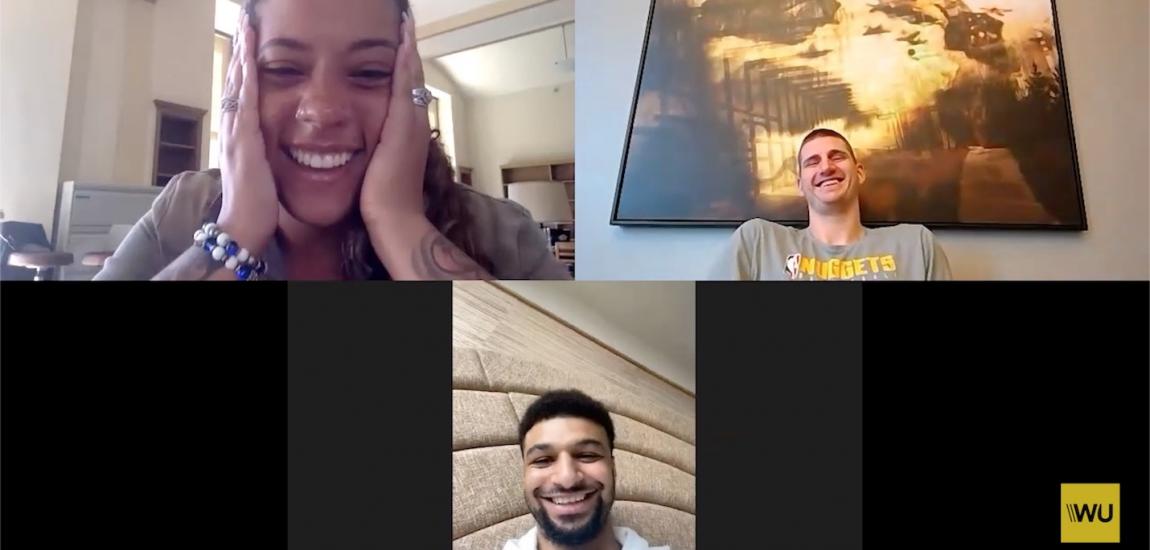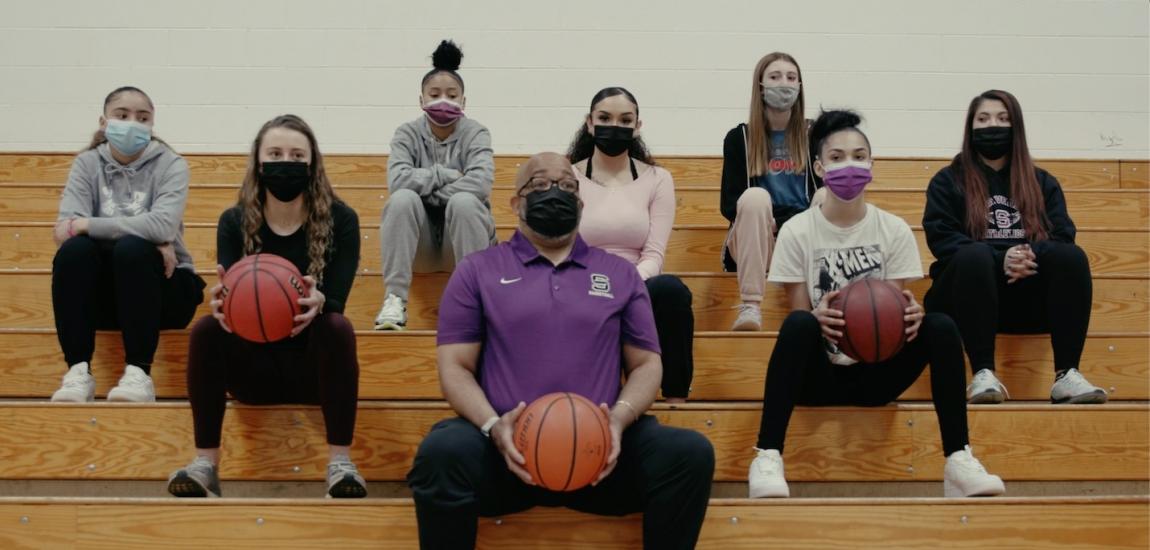Just about every big sports story so far this year hints at a much bigger question: How much money is a top college athlete worth?
We started in January with controversy over reports that a representative for Cam Newton solicited offers from SEC schools for the quarterback’s services.
Then we moved on to Stanford quarterback Andrew Luck, and his decision to pass up NFL millions and return to school.

The NFL lockout features discussion over how much a rookie coming out of college should make.
Controversy at Ohio State about football players selling their wares in exchange for improper benefits renewed an old argument over how to keep athletes from taking money.
And then came the popular documentary about the Fab Five -- a Michigan basketball team that saw its school selling tons of merchandise without players themselves seeing any of the profits.
The debate over whether to pay college athletes usually ends at yes or no. But there’s a next step to the discussion that rarely gets taken: Exactly how much should they get paid?
Maybe there’s an answer to that.
Sure, the topic leads to thornier questions about whether to pay all athletes or just some, whether to pay stars more than subs, whether schools would lose their tax-exempt status, whether paying athletes would force public universities further into financial trouble, whether the much-maligned NCAA could oversee the process, and whether this sort of thing would destroy Title IX.
But for the sake of argument, let’s leave all that aside. Let’s momentarily drop all the shoulds and try to come up with a dollar figure. Ignore all of the smaller sports. Focus on football and men’s basketball -– the revenue-producing behemoths.
Let’s also drop the silly idea of a “stipend” so student-athletes can buy pizza and underwear. Most room and board scholarship offers include a few hundred dollars of spending money per semester. So in that sense, student-athletes are already paid. (Remember that the next time you hear the college-athletes-can’t-afford-toothpaste argument.)
Finally, let’s be realistic: Paying student-athletes $200 per month is not going to make them any less vulnerable to a booster offering another $1,000. You have to be a pretty ethical 18-year-old to say no when a friendly fan with a nice car offers you more money than you’ve ever seen in your life. “If you’re getting paid $10,000, you’re going to think you probably can get $15,000,” says Duke law professor Paul Haagen. “Anything other than a market number will have instability or doubt.”
So we’re going to do this little exercise the American way. We’re going to imagine an open market for college athletes, where Adam Smith’s invisible hand slaps down the hand of amateurism.
Seems like a big leap, but it’s not. Major college sports already have a free-market system, and that is the market for coaches. Alabama’s Nick Saban and Kentucky’s John Calipari get compensated based on supply and demand. Pay up or the coach will end up at the rival school and cost you a lot more than a few million bucks. Top coach’s salaries -– far exceeding those of any professor on campus-– prove universities with major football or basketball programs can afford to pay a lot of money for a winning season. The coach’s salary is a direct reflection of the income his sport generates.
And though most defenders of the current system say student-athletes are being paid through their scholarships, it’s not the teachers who determine who gets and keeps scholarships; it’s the coach. The coach, paid through the open market, decides the fate of the student-athlete.
“The fatal flaw by the NCAA is when they allowed coaches to control whether students kept grants and aid or not,” says former Michigan president James Duderstadt. “That’s tantamount to pay for play.”
By that logic, the open market for coaches can be applied to athletes as well. The coaches, who make a supply-and-demand salary based on performance on the field or court, hold the fates of the players, who collectively determine whether the coach keeps his salary.
“The monetary value of winning a game for a college team is whatever the university thinks a coach can do for them -– that’s the free market,” says University of California business professor David Card. “So free market value for a coach is below pro but not by too much. So I would take the ratio -– get the top Division I football teams, find their coach salaries and compare that to the NFL.”
In other words, compare the average NFL coach’s salary to the average NCAA coach’s salary (for bowl teams) and apply that ratio to players. That will get us what Haagen derisively calls “a cute number to stick into an article to bug people.”
Maybe so, but college athletes will think this number is quite cute indeed:
The average NFL coach is paid $3.25 million. The average top-30 Division I coach is paid $2.74 million, or 84 percent of the NFL figure. So a top player who is a year away from going to the NFL would earn about 84 percent of the NFL rookie minimum, which is $320,000. That computes to $269,784.61 for an Andrew Luck or a standout offensive lineman like Wisconsin's Gabe Carimi, who is also on his way to the pros. Juniors would get less, as would backups and underclassmen.
Of course, lots of schools wouldn’t be able to afford this. But again, this is the open market. This is pushing the fantasyland of college sports into the real world. If the need to pay players drives down the salary of the average head coach, so be it. If the same half-dozen teams get to the top of the rankings every single season, so be it. Some would say that’s already happening anyway, since the rise of conference TV arrangements like the Big Ten Network.

But consider the other possibility: Good players (not great ones) would stay in school longer. They would get a fantastic salary, an education, the college experience and practice against strong competition as they prepare for a shot at the pros. Schools may even offer bonuses for graduating on time or with honors. If you’re 21 years old, would you rather play for six figures in Cameron Indoor Stadium or five figures in the D-League?
Here’s another likely outcome: Some teams may start paying top recruits more than the average player salary. “You could let them divide any way they wanted,” says Haagen. “You could do all-to-one or a pay structure.” The Cam Newtons of the world could get a bigger cut of the pie at some schools. Then top offensive linemen, like Auburn’s Lee Ziemba, might be more tempted to go elsewhere. You’ll get a college version of the Knicks, who pay a ridiculous amount for stars who don’t win, and you’ll get a version of the Patriots, who pay a decent amount for great role players and do win.
Players’ unions would be formed and employee benefits would be allotted -– not a bad thing since college football players are just as likely to suffer major injuries (and head trauma) as pro players.
Would this drive college sports into extinction? Not necessarily. As long as there is demand for college sports, there will be money for college sports. Yes, there is an argument to be made that the appeal of college sports is the supposed allegiance players have for their schools. If athletes go to the highest-bidder, what’s collegiate about that? “If it was an open market,” says Haagen, “people might not watch. It wouldn’t seem like St. John’s; it would be the third- or fourth-best team in New York City.”
But then again, if players can get paid, you might have smaller communities like Boise motivated to spend more money to prop up their suddenly-pro team. Kellen Moore may choose the Broncos because he gets a share at a ski lodge. Georgia residents who are lukewarm about the Falcons but adore the Bulldogs may decide they’d rather flood A.J. Green with money than Arthur Blank. Detroit Lions fans, torn geographically between Spartans and Wolverines, may start a bidding war and leave their traditionally awful pro team to rot. Don’t laugh: While the Lions fan base stays about the same, the Michigan alumni population gets new blood (and money) every single spring.
That’s the beauty of the free market: What works will work and what doesn’t work will fail. A lot of traditionalists may think paying 18-year-olds hundreds of thousands of dollars to play a game would mean the end of Western Civilization. But if the history of Western Civilization is any indication, adding “jobs” -– even on the field -– would create more wealth than it destroys.




